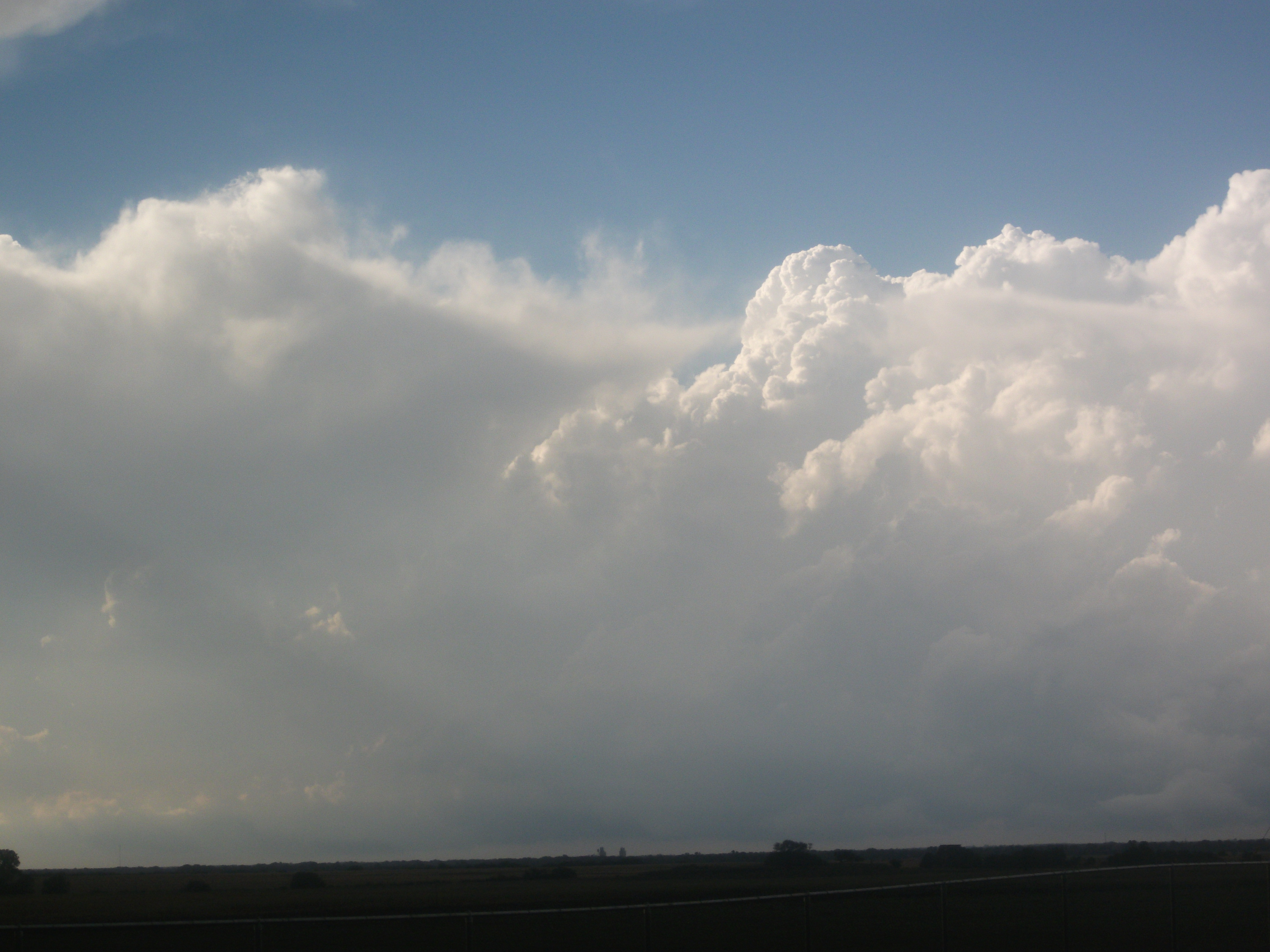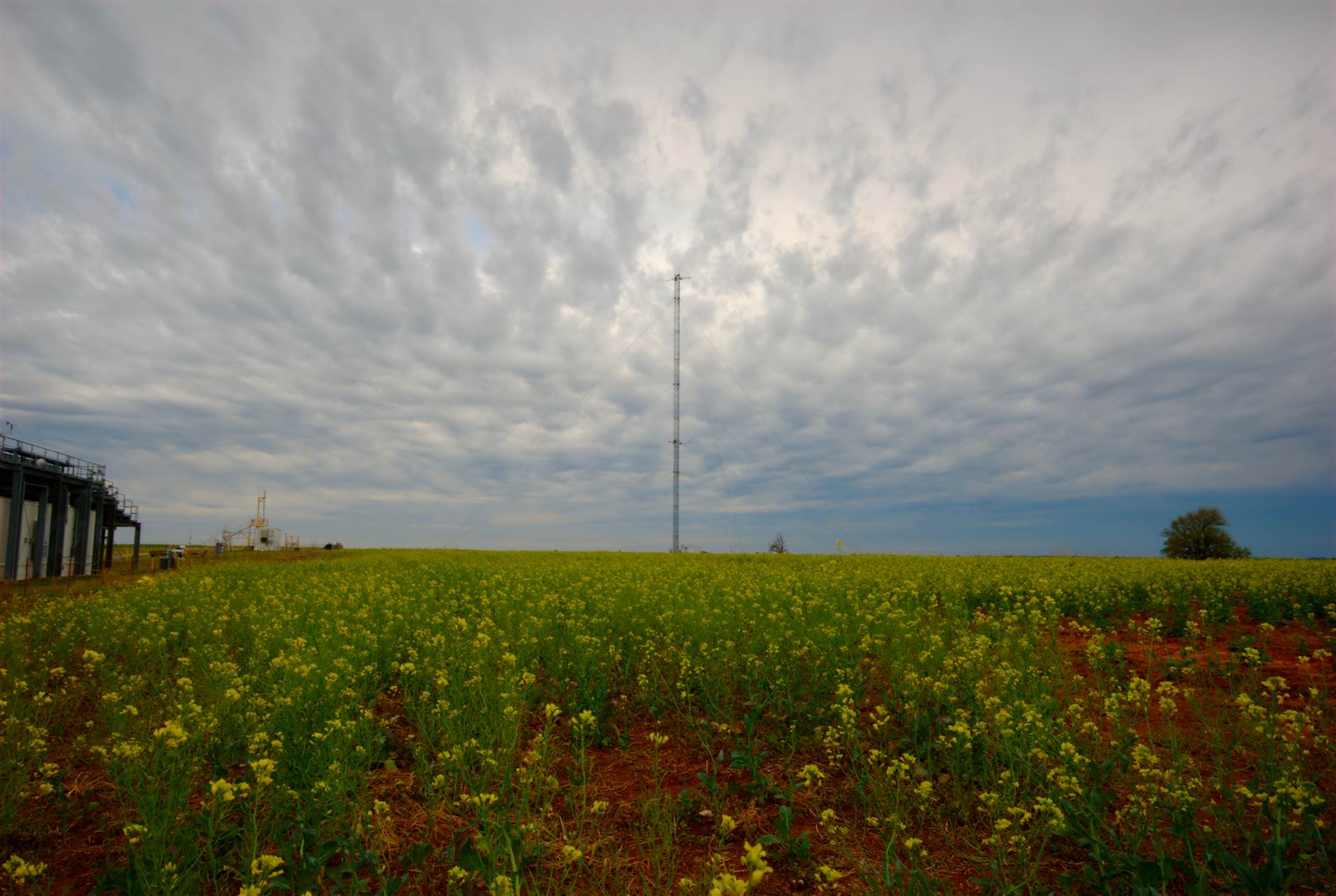Research on remote sensing, cloud macrophysics, and clouds-convection representation
Within a few years the world of supercomputing will enter the exascale era, putting to work computing systems capable of a billion billion calculations per second. That’s a thousand times faster than the petascale systems that went online only in 2008.
This impending technological acceleration means that supercomputer users in research and industry have to get ready now to harness exascale computers dealing in vast exaFLOPS instead of petaFLOPS. That includes recalibrating high-resolution, predictive earth system models that require crunching terabytes of data.
To that end, in February 2016, the U.S. Department of Energy’s (DOE’s) Office of Biological and Environmental Research (BER) announced a new funding opportunity designated DE-FOA-0001530 in the Climate and Environmental Sciences Division. This Climate Model Development and Validation – Atmosphere (CMDV-A) activity is tasked to improve climate model design and to develop scale-aware physics for climate systems and enhance methods for model validation.
The new CMDV-A activity draws upon and integrates capabilities spanning atmospheric research within BER. The ultimate goals: substantial and measurable improvement to atmospheric process representation and coupled climate fidelity in DOE’s Accelerated Climate Model for Energy (ACME) and to address significant atmospheric science research challenges.
The CMDV-A activity is jointly administered by DOE program managers at the Atmospheric Radiation Measurement (ARM) Climate Research Facility; the Atmospheric System Research (ASR) program; and the Earth System Modeling (ESM) program.
Three new research projects have been chosen to represent the first iteration of CMDV-A funding. Each focuses on the development and validation of atmospheric scale-aware physics parameterizations for DOE’s next-generation version of ACME.
A glimpse of each one follows:
Answering the Challenge of Deep Convection

Project Name: Use of Remote Sensing and In Situ Observations to Develop and Evaluate Improved Representations of Convection and Clouds for the Accelerated Climate Model for Energy
Investigators: Steve Ghan and Jiwen Fan of Pacific Northwest National Laboratory (PNNL, team leads). Co-Investigators: Mikhail Ovchinnikov, William Gustafson, Laura Riihimaki, and Phil Rasch (PNNL); Erika Roesler, Sandia National Laboratories; Scott Giangrande, Brookhaven National Laboratory; David Randall, Colorado State University; Vince Larson, University of Wisconsin-Milwaukee; Xiquan Dong, University of North Dakota; and Xiaohong Liu, University of Wyoming
Abstract: Deep convection and its effects on the water cycle, winds, and the energy balance of the atmosphere have long been a challenge for climate models. This project will develop representations of convection and cloud processes capable of capturing the characteristics of mesoscale convective systems (MCSs), such as squall lines. We will focus on the ARM Southern Great Plains (SGP) site and a site in the Amazon. The model improvements are intended for consideration as candidates for a next-generation global climate model (GCM) with greater spatial resolution.
Our hypotheses are that: 1) GCM simulations with improved representations of convective clouds can better capture MCS features, 2) the variability of precipitation and temperature, cloud effects on the Earth energy balance, and cloud effects on aerosols will be much better simulated with representations of cloud processes that improve the treatment of cloud microphysics, and 3) parameterization developments based on observations over the central United States and the Amazon will contribute to improving the simulated climate over the globe.
To test the validity of these hypotheses, we will use ground-based radar data, in situ aircraft data, satellite observations, and high-resolution cloud simulations over the central United States to guide the development and evaluation of: 1) alternative representations of convection in a global climate model based on a unified cloud parameterization and an embedded cloud-resolving model, and 2) alternative (detailed and simplified) representations of processes involving cloud particles. Our research will advance the science of climate model evaluation by demonstrating a framework that uses comprehensive observational data sets on a range of spatial scales. We will also deliver a climate model with greatly improved ability to simulate both global and regional climate.
Representing Shallow Clouds Better

Project Name: Coupling Mechanistically the Convective Motions and Cloud Macrophysics in a Climate Model
Investigators: David Romps, Lawrence Berkeley National Laboratory (team lead). Co-Investigators: Andrew Vogelmann, Pavlos Kollias, and Mike Jensen, Brookhaven National Laboratory; Charles Jackson, University of Texas at Austin; and Christopher Bretherton, University of Washington
Abstract: This project will dramatically improve the representation of shallow clouds in the DOE’s ACME model. ACME is a new global model that will forecast climate over the coming decades. These types of models are sensitive to how well they simulate low-lying clouds, which reflect sunlight and hence have a large impact on Earth’s radiative balance and temperature. Indeed, how best to represent shallow cloud cover in global climate models is one of the largest sources of uncertainty in climate forecasts. The CM4 project is designed to fill this gap by bringing together the requisite experts in observations, theory, and modeling to solve it.
The CM4 project is a collaboration between scientists at the LBNL, BNL, the University of Washington, and the University of Texas at Austin, and is led by Principal Investigator David Romps at LBNL. This collaboration includes several observational scientists who are working on a suite of new meteorological instruments being deployed at the ARM Facility’s SGP site, which will open new windows into the behavior of shallow clouds. These new observations will be used to refine the existing ACME algorithm for representing shallow clouds and develop new ones. Several of the project’s scientists are experts in this area. Finally, atmospheric scientists, computer scientists, and applied mathematicians will assist in the fine-tuning and evaluation of these schemes in the ACME model.
By taking advantage of the newest ARM observations, the latest developments in cloud modeling, theory and parameterization, and state-of-the-art techniques for diagnosis and validation, the CM4 project aims to provide ACME with the world’s most accurate and physically based schemes for shallow clouds.
Reducing Cloud Uncertainties, Improving Regional Simulations

Project Name: Representation of clouds and convection across scales in ACME
Investigators: Chris Golaz and Shaocheng Xie, Lawrence Livermore National Laboratory (team lead and co-lead). Co-Investigators: Wuyin Lin, Brookhaven National Laboratory; Erika Roesler, Sandia National Laboratories; Scott Collis, Argonne National Laboratory; Chidong Zhang, NOAA PMEL; and Minghua Zhang, Stony Brook University
Abstract: Clouds continue to be one of the largest sources of uncertainty in climate models. Clouds are also central to DOE’s scientific goals for the ACME, especially as they relate to how the hydrological cycle and water resources interact with the climate system on local to global scales. Reducing uncertainties from clouds and improving regional simulation skill requires both higher resolution and improved physical parameterizations of clouds, both of which will be the main focus areas of this project.
ACME is pushing the limits of horizontal resolution in climate models: ACME version 1 (v1) is targeting a globally uniform horizontal resolution of 25 km, with even higher resolution planned for subsequent versions. Therefore, ACME is entering the “grey zone”: a range where the resolution is 1) too high for traditional cloud and convective parameterizations, but 2) too coarse to rely solely on parameterizations found in explicit high resolution models such as large eddy simulations (LES). The goal of this project is to evaluate the treatment of clouds and convection in ACME at resolutions that fall within the grey zone using regionally refined model (RRM) grids, LES simulations, and new ARM data sets.
The validation efforts of the project will target any relevant version of ACME (v1, development versions, or configurations with new parameterizations from other projects as they become available). Simulations will be run both at globally uniform resolution (25 km) and at higher resolutions using the regionally refined modeling (RRM) framework. RRM grids will be constructed to target regions rich in ARM observations, including the SGP, Eastern North Atlantic (ENA), and Tropical Western Pacific (TWP) Darwin sties. New data sets, including 3-dimensional gridded ARM constrained variational analysis (VARANAL) data sets, will be developed from ARM observations at the various sites. By design, these regions cover a wide range of cloud regimes, thus providing the opportunity to validate ACME for many regimes.
This work will benefit ACME by extending the ACME RRM capability to the ARM sites in tropical and Atlantic regions and by providing a process-oriented diagnostic package to facilitate ACME model evaluation with ARM data.
This work was supported by the U.S. Department of Energy’s Office of Science, through the Biological and Environmental Research program as part of the Atmospheric System Research program.

